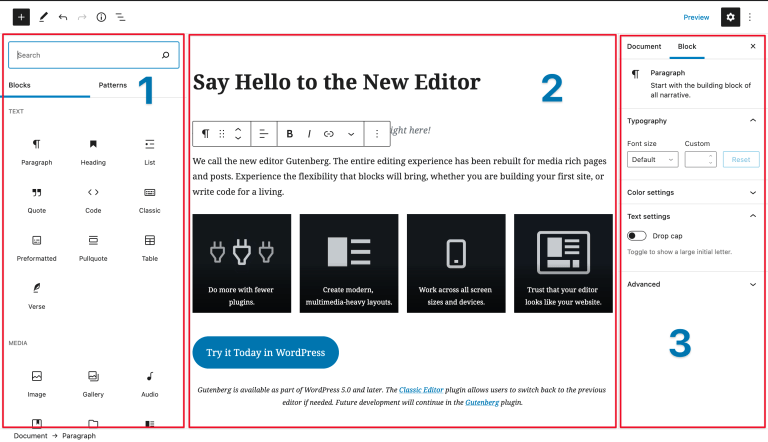
Though not a household term yet, FinTech is the next big thing to keep an eye on. It has the potential to change the very definition of banking — how we manage our money, make payments, investments, insurance, loans and much more.
Here, in today’s post, you can find out- Why FinTech is the Next Big Thing to Watch Out For.
Let’s start with the basics.
What Exactly Is FinTech?
Table of Contents
FinTech is a combination of two familiar words — Finance and Technology. It’s the abbreviation of Financial Technology and is an umbrella term that denotes all companies that use digital technology to provide financial services.
Global investment in FinTech has exploded in the last few years. FinTech is now a multi-billion dollar industry, with massive potentials for growth. The best part — unlike other industries that are dominated by multi-national corporations, FinTech is powered by small start-ups that use innovation and technology to dominate.
Also Read: The FinTech Space In India
The Evolving Landscape Of FinTech In India
From being a cash-oriented economy, today India is steadily moving towards digital payments. The first major introduction of Fintech in the country can be traced to the 90s that introduced EFT payments, ATM cards, and credit cards.
Eventually, with the increase in internet connectivity and the introduction of smartphones, today a vast majority of Indians use their mobiles for banking services.
Factors Supporting The Rapid Growth Of FinTech In India
● Fast Adoption Of Technology
A recent study points out that India has overtaken the US in Smartphone usage and is now the second-biggest Smartphone market globally, with over 220 million active Smartphone users. With a rapid adoption of digital technology, Indians are poised to embrace the growth of Fintech services.
● Internet Penetration
India today has robust internet connectivity with 4G data speeds available in all corners of the country. Both internet availability and affordable smartphones play a crucial role in increasing the growth of Fintech services.
Also Read: How FinTech Is Changing Lives In The Global South
● Government Policies
Demonetization was a huge boon to the FinTech sector — with digital payments sky-rocketing in a few months. Apart from this move, the government has also introduced other positive measures to transition the Indian financial ecosystem to a digital one.
● Increasing Financial Inclusion
The Global Findex Report published by the World Bank in 2017, reports that there is a rapid increase in financial inclusion in the country. The number of account holders in the country rose from a meager 35% in 2011 to over 80% in 2017. With the RBI’s target to further increase these numbers up to 90% by 2021, helps FinTech lenders target customers who were previously outside the formal financial system.
● Increase In A Younger Working Population
The younger generation, especially the millennial and Gen-Z are part of the working populace today. These generations have grown up with technology and hence are highly receptive of new disruptions that let them handle their money easily. They have greater enthusiasm and trust in the FinTech sector compared to older generations.
● Increasing Investments
Angel investors, private equity houses, high-net-worth individuals and venture capitalists consider FinTech as one of the lucrative industries for investments. According to a recent report, FinTech investments in India crossed over $2 billion in 2018 and is further expected to grow.
Also Read: A Brief Discussion On The Top 5 Business Ideas For Women In India
● Special Needs Of SMEs
For decades, small and medium enterprises had a difficult time acquiring funds for their business growth. Fintech eliminates the bottlenecks of traditional financial systems, thereby providing SMEs with higher access to funds and other banking related services.
All these factors combined have helped to fuel the massive growth of FinTech services in India.
The Popular Types Of FinTech Service Providers
● Digital Lending Platforms
For years, traditional banks were the only options for borrowers. This made it highly challenging for borrowers with poor credit scores or no collateral to access funds. Digital lending platforms like Indifi connect borrowers with other non-banking lenders. Online lending covers all borrowing from personal loans to business loans and more.
● Robo Advisors
These are online investment services that use algorithms to provide consumers with the best investment advice. From handling the actual investments to re-balancing and asset allocation — these services take care of the A-Z of investing.
● Mobile Payment Providers
These are digital wallets that help consumers pay for their purchases without using a credit card or a bank account. All you have to do is load the mobile wallet and use it for all online and even real-world purchases.
● Online Banking And Personal Savings
Long gone are the days, when banks were the only way to save your money. Today there are an array of FinTech start-ups that provide micro-savings providing consumers with alternative ways to grow their personal savings, without relying on banks.
● Online Insurance Providers
These services handle all aspects of insurance — from providing consumers with a variety of quotations to helping them renew and start a policy. All of this happens online, with technology powering the services.
The Future Of FinTech In India
Globally, the FinTech industry is expected to reach $45 billion by 2020 and the Indian FinTech market is predicted to cross $2.4 billion by 2020. With the myriad benefits offered by FinTech to both consumers and businesses, there’s no doubt that FinTech will explode in popularity, in the coming years.
Apply For Business Loan Through Private Financers In Delhi






